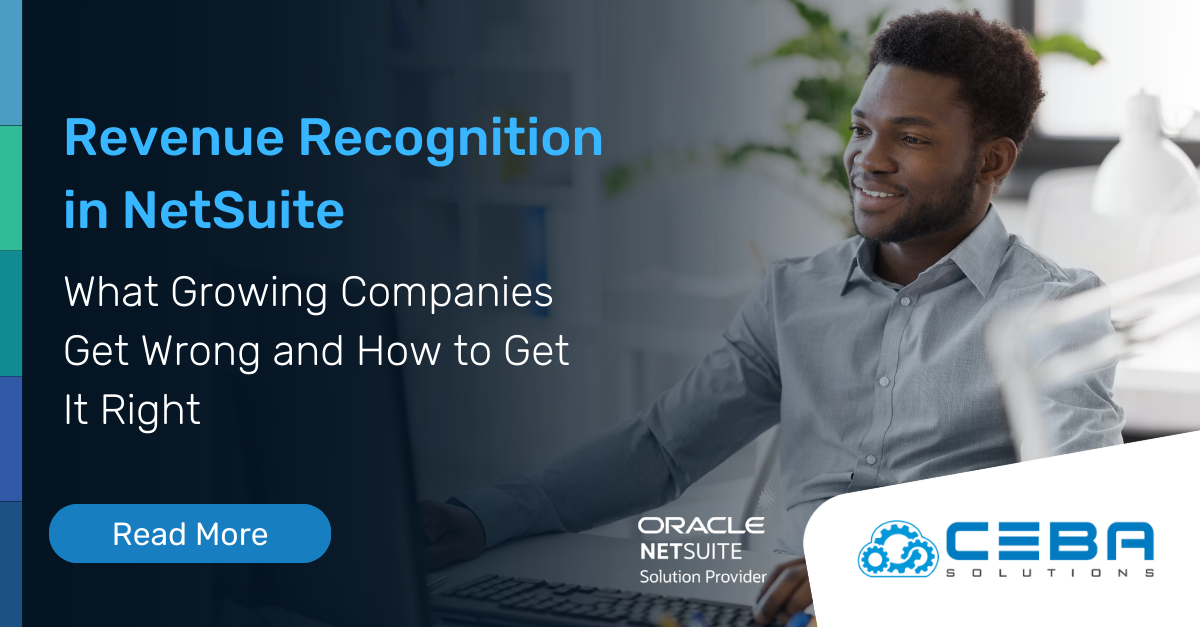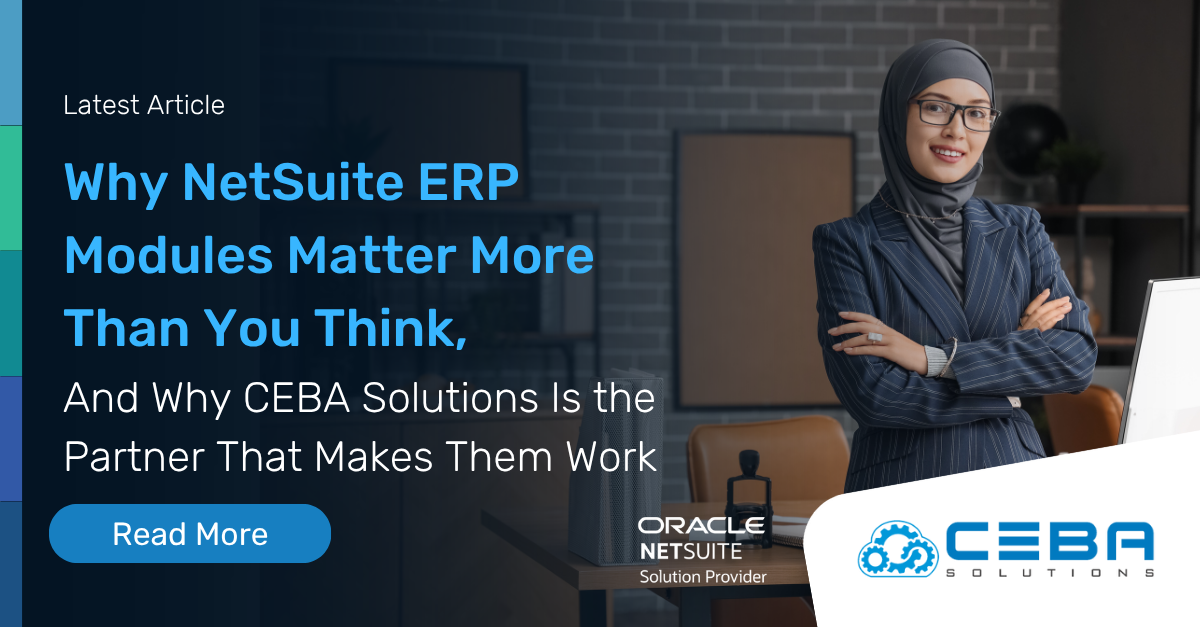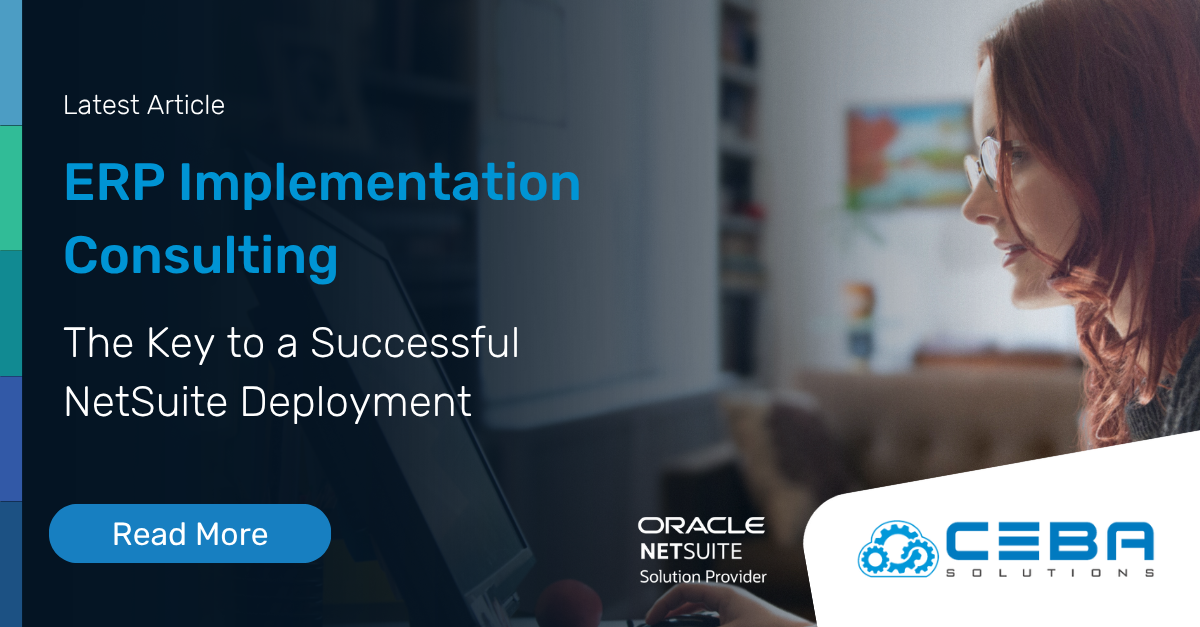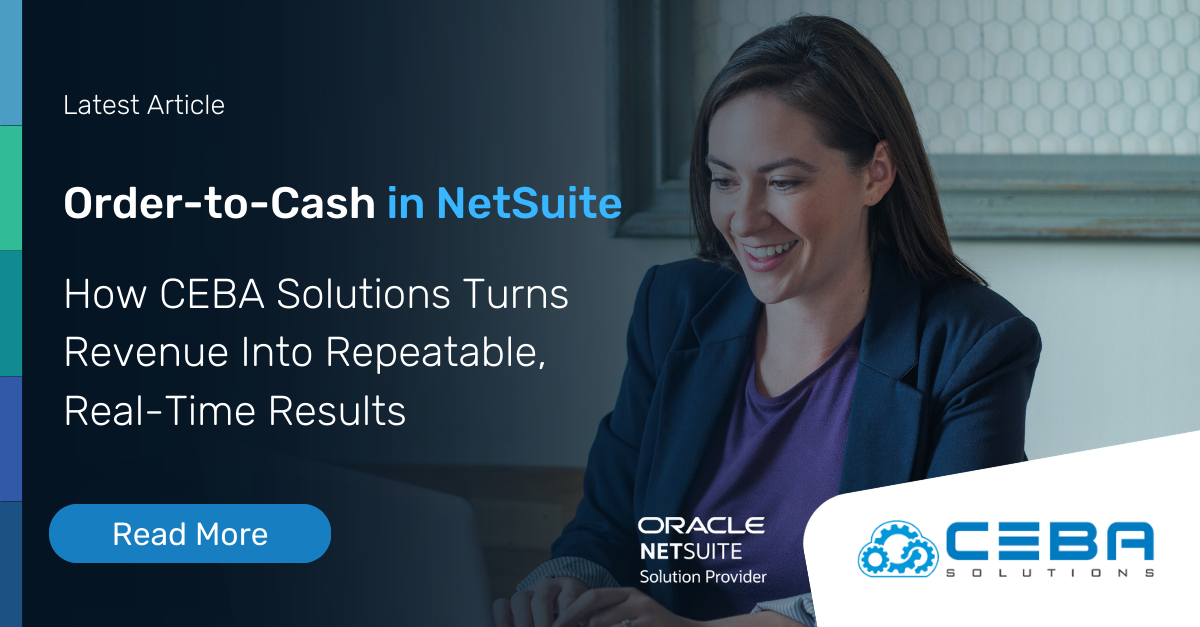.png)
Enhancing Asset Lifecycle Management with NetSuite ERP
Enhancing Asset Lifecycle Management with NetSuite ERP
From acquisition to disposal, every stage of an asset's life requires proper management and strategic decision-making to ensure optimal asset utilisation and lifespan. Many ERP systems, like NetSuite have Asset Management functionality on platform, which makes managing the asset lifecycle, from requisition to disposal a simple process.
Asset Lifecycle Management (ALM) is the process of effectively managing the entire lifecycle of an asset, from acquisition to disposal. It involves the strategic planning, tracking, maintenance, and optimization of assets to maximize their value and ensure their longevity. ALM is essential for businesses that rely on assets such as equipment, machinery, vehicles, and technology systems to operate efficiently and effectively.
Defining Asset Lifecycle
The asset lifecycle consists of several stages, each with its own unique requirements and challenges. A good ERP system, like NetSuite, offers functionality to support the administration and processes relating to each of these stages, which include:
Asset Planning and Acquisition
This stage involves identifying the need for an asset, conducting research, ensuring sufficient budget is available to make the purchase, and procuring the asset from a vendor.
Installation and Deployment
Once the asset is acquired, it needs to be properly installed and integrated into the business operations. Depending on the type of asset, most businesses will want to track the costs and resources required to commission the asset, as this information is critical for calculating asset profitability in the future.
Operation and Maintenance
During this stage, the asset is used and operated on a daily basis. Regular maintenance and repairs are often required to be carried out to ensure optimal performance and minimize unexpected downtime.
Upgrades and Enhancements
As technology evolves, assets may require upgrades or enhancements to keep up with industry standards, improve performance, and extend their lifespan. These additional costs need to be tracked against the asset, allowing you to keep track of the assets cost and value over time, as well as to be able to accurately calculate and apply depreciation.
Decommissioning and Disposal
At the end of its useful life, an asset needs to be decommissioned and either sold or disposed of. This process also needs to be administered carefully to ensure that the maximum salvage value is achieved, or that final depreciation and disposal value adjustments can be made to your accounting records.

Short on time? Download this article to read later or share with a colleague.
Enhancing Asset Lifecycle Management with NetSuite
Download Here!
Why Managing Fixed Assets on a Central ERP System Makes Sense
Overview of ERP
Your ERP should be the epicentre of information management for your business, and this includes equipment and asset information. A good ERP solution facilitates the flow of data, information, and resources across different departments within your organization. By combining multiple core modules like finance, human resources, supply chain management, and customer relationship management, and equipment and asset management, NetSuite enables better coordination and streamlined operations across all departments and locations.
How NetSuite Supports Equipment and Asset Heavy Companies
Keep All Asset Related Information and Transactions in a Single System
NetSuite provides a centralized database where all asset-related information is stored. This means that vital data, such as asset details, maintenance history, and warranty information, can be easily accessed by authorized personnel, eliminating the need for manual record-keeping or information being stored in different databases or spreadsheets.
Get Real Time Dashboards About Asset Availability
With NetSuite, businesses gain real-time visibility into their assets. You can track their location, condition, and availability, ensuring that your team is able to make better decisions about allocating equipment to jobs and also planning maintenance activities to both ensure compliance with regulations and that the equipment itself is able to function as required.
Ensure Maintenance Plans and Scheduled are Followed
ERP enables proactive maintenance planning by automating workflows and orders associated with carrying out equipment servicing. Maintenance consumables, such as spare parts can be ordered only when they are needed, ensuring expensive components are not sitting on shelves, freeing up capital. Maintenance work orders and technician assignments can be also easily managed with NetSuite. This helps to streamline planned maintenance schedules, extend asset lifespan, and reduce overall maintenance costs.
"An ERP system, like NetSuite, serves as the heartbeat of asset-heavy companies. Centralizing critical asset information, offering real-time insights into equipment availability, and automating proactive maintenance planning, it propels streamlined operations across departments, enhancing decision-making and optimizing costs." — Zabe Siddique, President of CEBA Solutions.
Key Features of NetSuite’s Asset Lifecycle Management Module
Systems like NetSuite offer a range of features that streamline equipment management processes, improve efficiency, and provide real-time insights into asset performance.
NetSuite Asset Tracking and Inventory Management
Efficient Asset Tracking and Maintenance History
NetSuite enhances asset tracking by allowing users to track all asset information on a single record. Custom fields and records can also be created to track and manage information that isn’t available as a standard field. Examples of this could be last tracked mileage, hours of operation or lease details.
Track and Manage Asset Movements
NetSuite's capabilities allow for seamless tracking of asset movement within your organization, ensuring assets are consistently in their designated locations. Whether your assets are moved between warehouse locations, or to and from client project locations, these movements can be managed ensuring full control is maintained over asset allocations.
Automate Maintenance Planning
NetSuite offers robust tools for planning and scheduling maintenance tasks, ensuring consistent and timely asset upkeep. Whether you have multiple assets that share the same maintenance schedule, or need to create a unique maintenance schedule for each asset, NetSuite offers the functionality to define and apply both ad hoc and routine preventative maintenance schedules, along with work orders, team member task allocations, parts and consumable requirements to a particular asset. NetSuite also provides proactive maintenance alerts, which can be triggered by system data, such as mileage, time periods or machine use hours.
Automate Depreciation Calculation and Journals
Because NetSuite’s core accounting module is seamlessly integrated with fixed asset management, NetSuite’s can automate the calculation of asset depreciation, eliminating manual calculations and reducing the risk of errors. NetSuite also simplifies the process of creating depreciation journal entries, ensuring accuracy and compliance with accounting standards and allowing you to gain real time visibility over equipment profitability.
Integrating Bleeding Edge Technology for Enhanced Equipment Lifecycle Management
Organizations are constantly looking for new ways to optimize their processes, improve efficiency, and maximize the lifespan of their assets. In recent years, a number of new technologies have emerged that are making equipment related data capture more automated.
Advanced Data Analytics and Predictive Maintenance
One of the emerging trends in ERP and asset lifecycle management is the use of advanced data analytics and predictive maintenance. By leveraging the power of big data and analytics, organizations can gather actionable insights from their asset data and predict when maintenance is needed, rather than relying on a reactive approach. This allows for more efficient maintenance planning and reduces the risk of unexpected asset failures. By centralizing this information in NetSuite, organizations can collect, analyze, and interpret data from various sources to make more informed decisions regarding their assets.
Internet of Things (IoT) Integration
The integration of IoT devices with NetSuite is also a trend that is set to revolutionize asset lifecycle management. IoT devices can collect real-time data from assets and transmit it directly to NetSuite, providing organizations with accurate and up-to-date information about the condition and performance of their assets. This real-time data enables organizations to proactively monitor their assets, detect issues early on, and optimize maintenance schedules. Furthermore, IoT integration can also enable remote asset monitoring, allowing organizations to have a centralized view of their assets, regardless of their physical location.
"Emerging technologies, like advanced data analytics and IoT integration are transforming equipment and asset management. By harnessing modern technology, we're seeing a shift from reactive to proactive maintenance strategies, driven by NetSuite as the central platform." — Zabe Siddique, President of CEBA Solutions
Summary
Implementing an ERP solution for effective asset lifecycle management can bring numerous benefits to your business. From streamlining processes and improving efficiency to ensuring regulatory compliance and optimizing asset utilization, ERP can revolutionize the way you manage your assets.
To leverage the power of ERP for asset lifecycle management, it is essential to choose the right solution that aligns with your business needs and goals. NetSuite offers a comprehensive suite of ERP, CRM, WMS, inventory management, and project management solutions. With its robust features and industry-leading capabilities, NetSuite can empower your business to streamline processes, improve efficiency, and make data-driven decisions.
Investing in an ERP solution for asset lifecycle management is not just about managing assets; it's about maximizing their value and ensuring long-term success for your business. If you are interested in learning more about NetSuite, please reach out to our team for more information.










